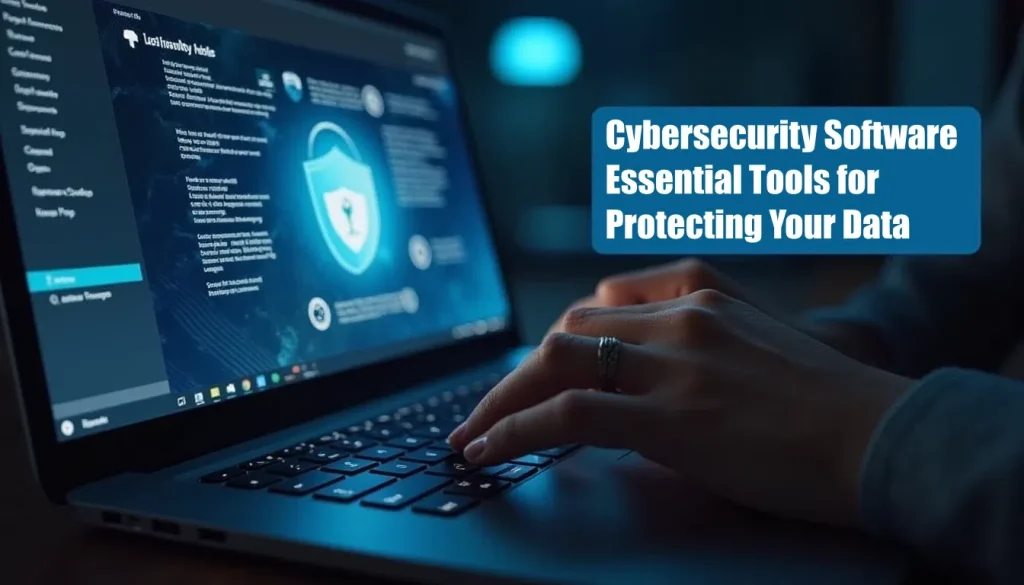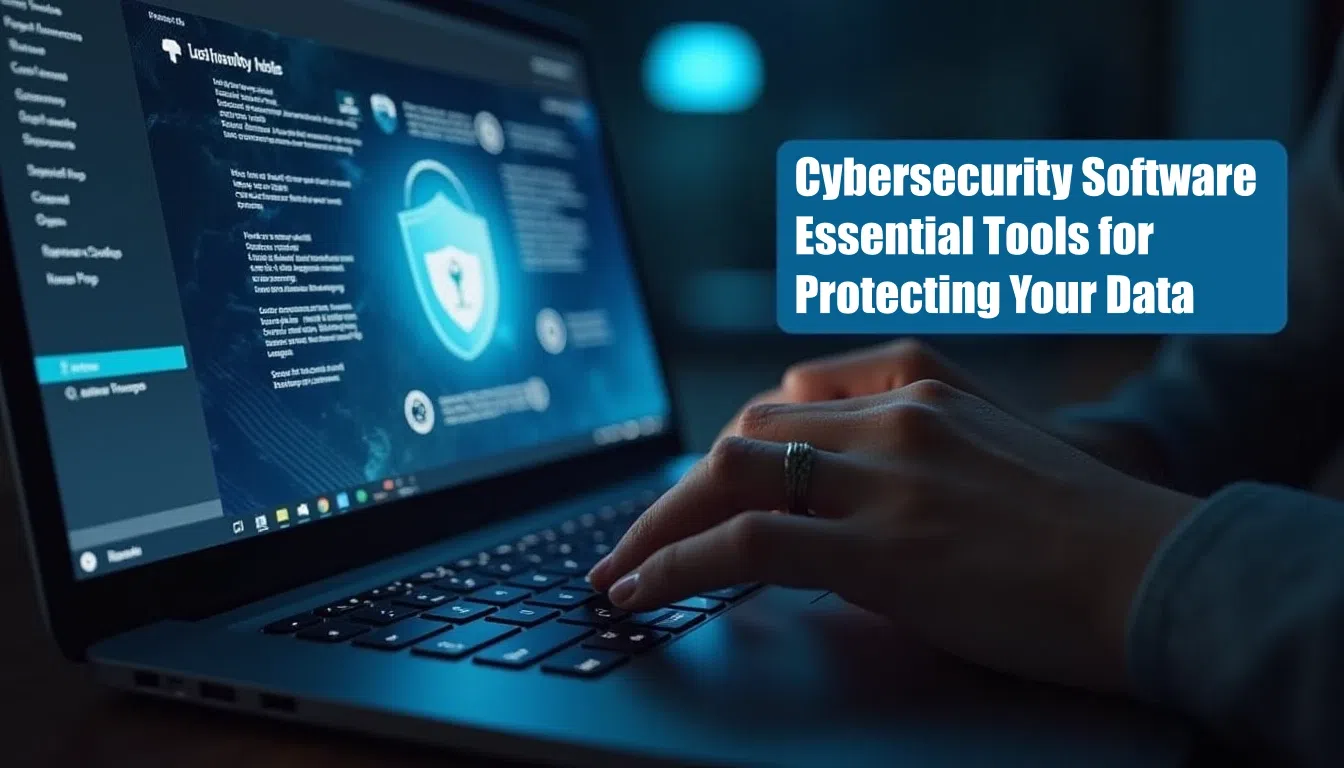Antivirus Software – A Backbone of Cybersecurity
Antivirus software stands as one of the most foundational tools in cybersecurity, designed to detect, prevent, and remove malicious software from digital devices. This comprehensive solution operates on multiple levels to safeguard personal data, ensuring that unauthorized access or harmful activities are mitigated at every stage. The first level of protection involves real-time scanning, where antivirus programs continuously monitor system processes for any signs of malware activity. This proactive approach is crucial as it can identify and neutralize threats before they cause significant damage.
Modern antivirus solutions often incorporate machine learning algorithms to enhance their detection capabilities. These advanced features enable the software to adapt to new and evolving threats by analyzing patterns in file behavior, network traffic, and user interactions. By leveraging artificial intelligence, antivirus programs can predict potential security breaches and take preemptive measures, thereby offering an additional layer of protection against sophisticated cyberattacks.
Moreover, comprehensive antivirus tools frequently come equipped with a suite of other protective features such as email scanning, web protection, and safe browsing modes. These integrated functionalities not only protect the host device but also extend their coverage to external communication channels. For instance, email scanners can intercept malicious attachments or phishing attempts, ensuring that users are safeguarded even when interacting with potentially harmful content.
Firewalls – The Perimeter Defense
Firewalls serve as the first line of defense in a comprehensive cybersecurity strategy by controlling and monitoring incoming and outgoing network traffic based on predetermined security rules. This critical tool acts as a barrier between trusted internal networks and untrusted external ones, preventing unauthorized access while allowing legitimate communications to flow freely.
At their core, firewalls can be classified into three primary types: hardware-based, software-based, and cloud-based solutions. Hardware firewalls are dedicated appliances that sit at the gateway of an organization’s network infrastructure, filtering traffic based on IP addresses, ports, and protocols. These devices provide robust protection against external threats without consuming significant resources from other systems.
Software-based firewalls, on the other hand, operate directly on end-user devices such as computers or mobile phones. They offer a more granular level of control by monitoring individual applications and processes for suspicious activities. By acting at the application layer, these firewalls can provide detailed insights into traffic flows and block malicious activity with high precision.
Cloud-based firewalls represent the most recent advancement in firewall technology, offering scalable solutions that adapt to varying organizational needs. Cloud firewalls leverage centralized management platforms to monitor network traffic across multiple locations simultaneously, providing real-time threat intelligence and automated response capabilities. This cloud-native approach ensures consistent protection regardless of where users or devices are located, making it an ideal solution for organizations with distributed workforces.
Encryption Solutions – Safeguarding Data at Rest
Encryption is a critical component of cybersecurity, ensuring that sensitive information remains inaccessible to unauthorized parties even if intercepted. By converting data into unreadable code, encryption provides a strong barrier against potential breaches, protecting both transmitted and stored information.
At the heart of every encryption solution lies the concept of symmetric key cryptography. In this approach, a single key is used for both encrypting and decrypting data. While straightforward in implementation, symmetric encryption offers high performance and efficiency, making it ideal for applications requiring rapid processing times. However, managing keys securely presents significant challenges, especially as organizations grow or expand their digital footprints.
Asymmetric cryptography, also known as public-key cryptography, addresses some of the limitations inherent in symmetric systems by employing two separate but mathematically related keys: a public key for encryption and a private key for decryption. This method enhances security by ensuring that only individuals with access to the private key can read encrypted messages or data. Furthermore, asymmetric encryption facilitates secure communication between parties who have not previously shared secret keys, making it particularly valuable in environments where confidentiality is paramount.
In addition to these core technologies, modern encryption solutions often incorporate hybrid approaches combining both symmetric and asymmetric methods. This approach leverages the strengths of each system, providing faster processing speeds for bulk data while ensuring enhanced security through public key exchange mechanisms. By adopting such multifaceted strategies, organizations can effectively protect their sensitive information across various stages of its lifecycle, from creation to disposal.
Identity and Access Management (IAM) – Controlling User Permissions
Identity and Access Management (IAM) systems play a pivotal role in cybersecurity by ensuring that only authorized individuals have access to specific resources within an organization’s digital environment. Through rigorous authentication processes and detailed authorization policies, IAM solutions help maintain the integrity of sensitive data while facilitating efficient workflows.
At its foundation, IAM involves robust user identification mechanisms designed to verify individual identities accurately. Modern systems often employ multi-factor authentication (MFA) techniques that require users to provide multiple forms of verification before gaining access to restricted areas or information. This layered approach significantly reduces the risk associated with compromised credentials, as attackers would need to bypass several layers of protection rather than relying solely on stolen passwords.
Beyond simple authentication, effective IAM solutions also focus on managing user permissions at both individual and group levels. By defining clear roles and assigning corresponding privileges based on job functions or project needs, organizations can ensure that employees have access only to the resources necessary for their tasks. This principle of least privilege (PoLP) not only mitigates potential insider threats but also simplifies compliance with regulatory requirements by maintaining a transparent audit trail of all access activities.
Additionally, advanced IAM platforms now integrate machine learning algorithms capable of identifying anomalous behavior patterns indicative of unauthorized access attempts or misuse. These intelligent systems can automatically trigger alerts or take corrective actions to contain security incidents before they escalate into full-blown breaches. By continuously monitoring user interactions and adapting responses accordingly, these sophisticated tools help maintain a dynamic equilibrium between accessibility and protection.

Intrusion Detection Systems (IDS) – Monitoring for Suspicious Activities
Intrusion detection systems (IDS) represent an essential component of modern cybersecurity architectures, tasked with identifying unauthorized attempts to compromise network integrity or gain access to restricted resources. These proactive monitoring tools operate continuously in the background, analyzing various aspects of system operations and alerting administrators about potential security breaches.
At its core, an IDS functions by establishing a baseline of normal activity within the monitored environment and comparing current behavior against this standard. When deviations from expected patterns occur—such as unusual login times, excessive failed attempts at accessing restricted areas, or unexpected data transfers—an IDS triggers alerts notifying administrators of suspicious activities. This real-time monitoring capability allows IT professionals to respond swiftly before threats can cause significant damage.
Advanced IDS solutions often incorporate machine learning algorithms and artificial intelligence techniques to enhance their detection accuracy. These intelligent systems learn from historical data and evolving threat landscapes, continuously refining their understanding of what constitutes normal versus abnormal activity within the network. By leveraging predictive analytics, these sophisticated tools can anticipate potential security breaches more accurately than traditional rule-based methods, providing organizations with a competitive edge in safeguarding against emerging threats.
Furthermore, IDS solutions typically come equipped with comprehensive reporting features that generate detailed logs and analyses of detected incidents. These reports not only serve as valuable resources for post-incident investigations but also provide insights into broader trends or vulnerabilities within the network infrastructure. By enabling thorough analysis and informed decision-making processes, these tools empower organizations to strengthen their overall security posture continuously, thereby minimizing risks associated with potential breaches.









